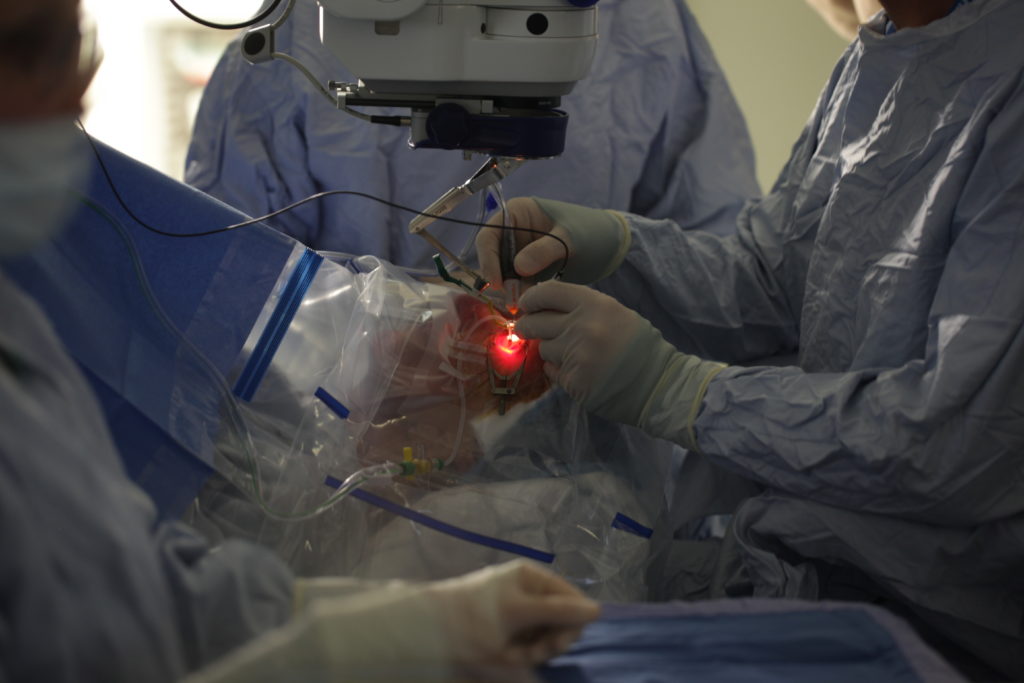Ophthalmologists from the University of Oxford have outlined the main sight restoration technologies currently being explored by leading eye surgeons.

In an article published in Nature Biomedical Engineering, the authors, who are supported by the NIHR Oxford BRC, identified the major techniques being developed to halt or reverse sight loss as: optogenetics, retinal cell therapy and prosthesis.
The main author on the article is Jasmina Cehajic Kapetanovic, an MRC Clinician Scientist and Consultant Ophthalmologist and Vitreoretinal Surgeon based at the Oxford Eye Hospital.
She said optogenetics – which consists of introducing light-sensitive proteins to non-photoreceptor cells in the retina to make them responsive to light – was a field that the team in Oxford were looking to develop.
“Optogenetics is used in neuroscience as an investigative tool, where you can study physiological cell responses by light stimulation. But for our purposes, we are looking to use optogenetics as a therapy to restore vision,” Jasmina explains.

“This technique reprogrammes the non-photoreceptor cell to detect light and bypass retinal photoreceptors, rods and cones. Our challenge is to get enough of the light-sensitive protein into the correct cells. The main hurdle in optogenetic therapy has been finding the suitable vehicle to deliver these proteins for them to express correctly on cell surface membranes and restore vision. I’ve no doubt that it will work, it’s just a question of fine-tuning.
“Optogenetic therapy has potential to become a universal, mutation-independent treatment for retinal degenerative diseases including more common eye disorders such as age-related macular degeneration,” Jasmina says.
One area where Oxford is well placed to achieve this is the fact it has experience in using specialised remote-controlled surgical robots to carry out intricate operations in the eye. Such robot-assisted procedures make delivering therapies much safer, whether that is directly into the optic nerve, which has never been done before, or under the retina for a slow infusion.